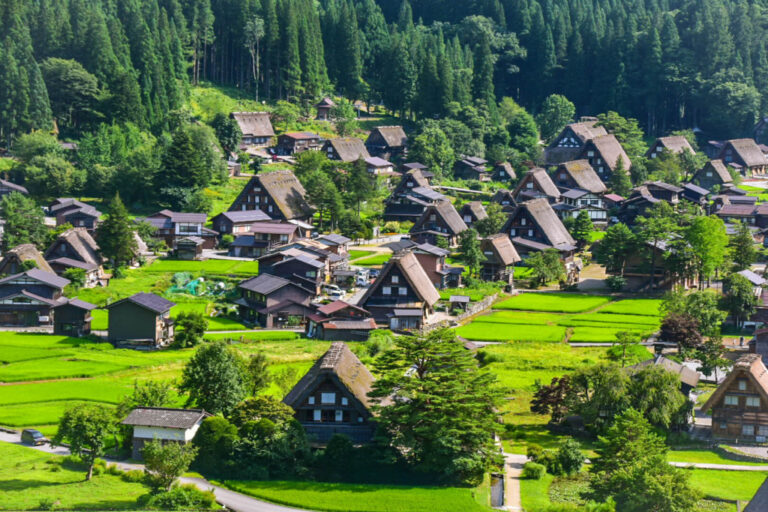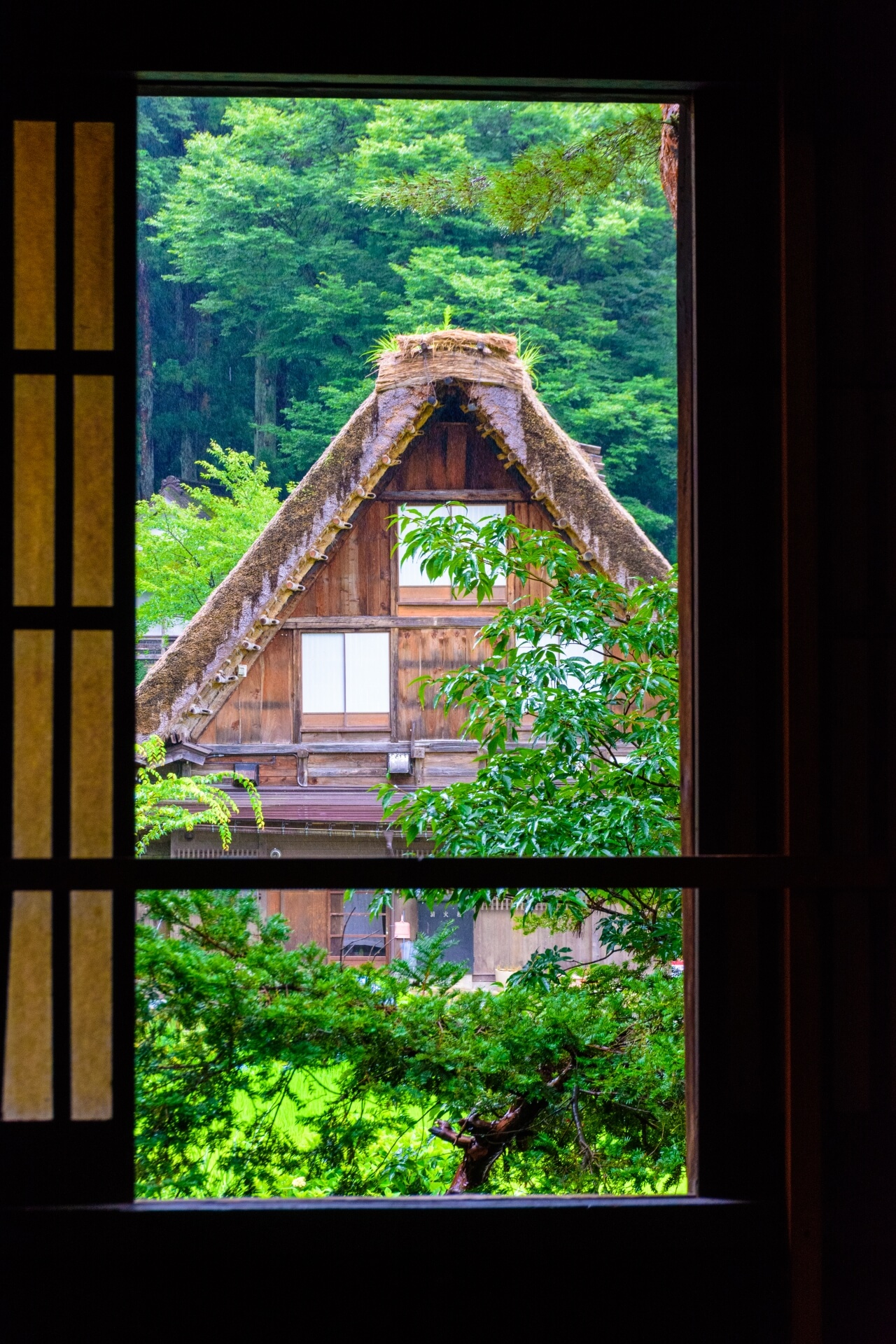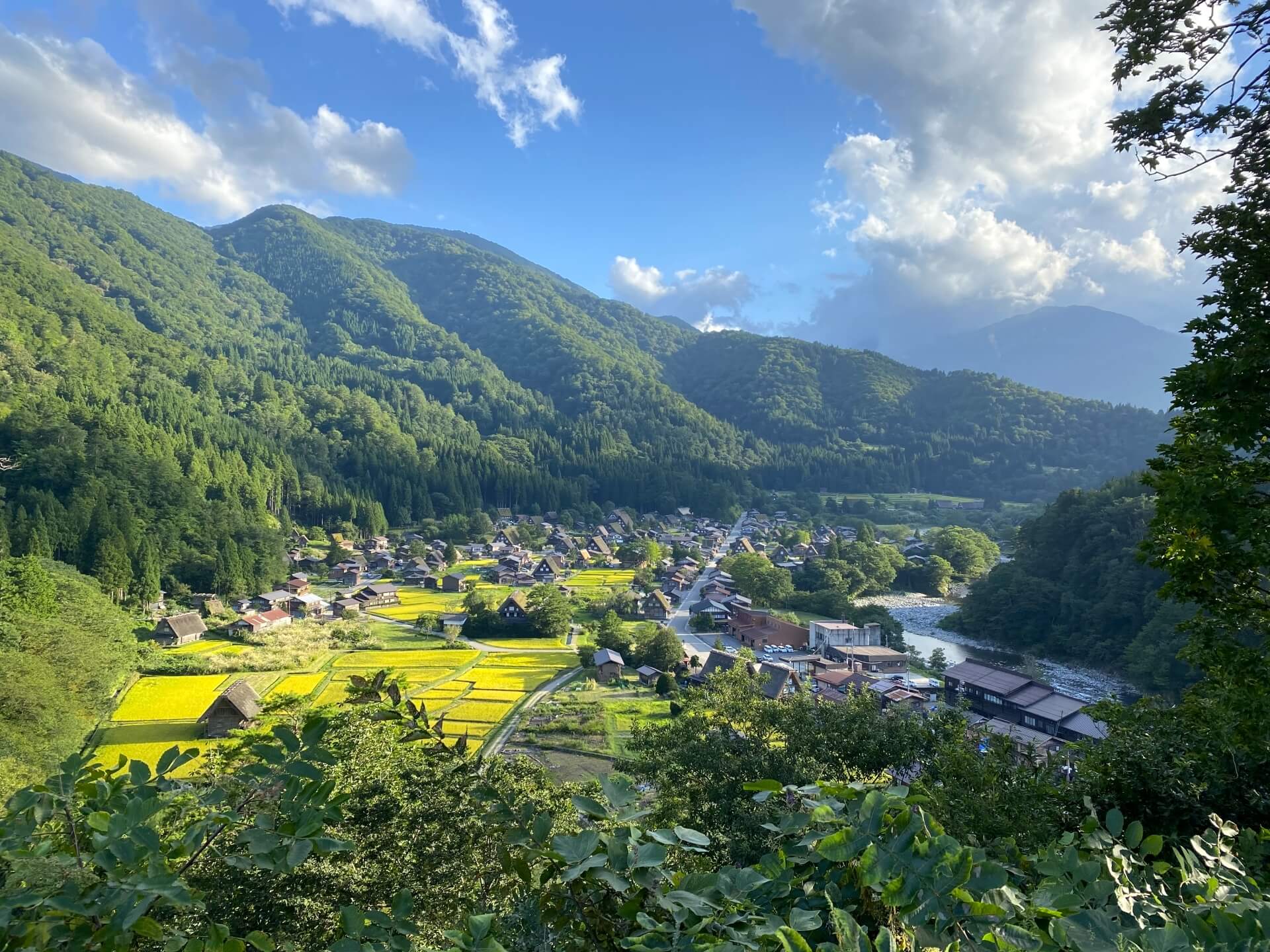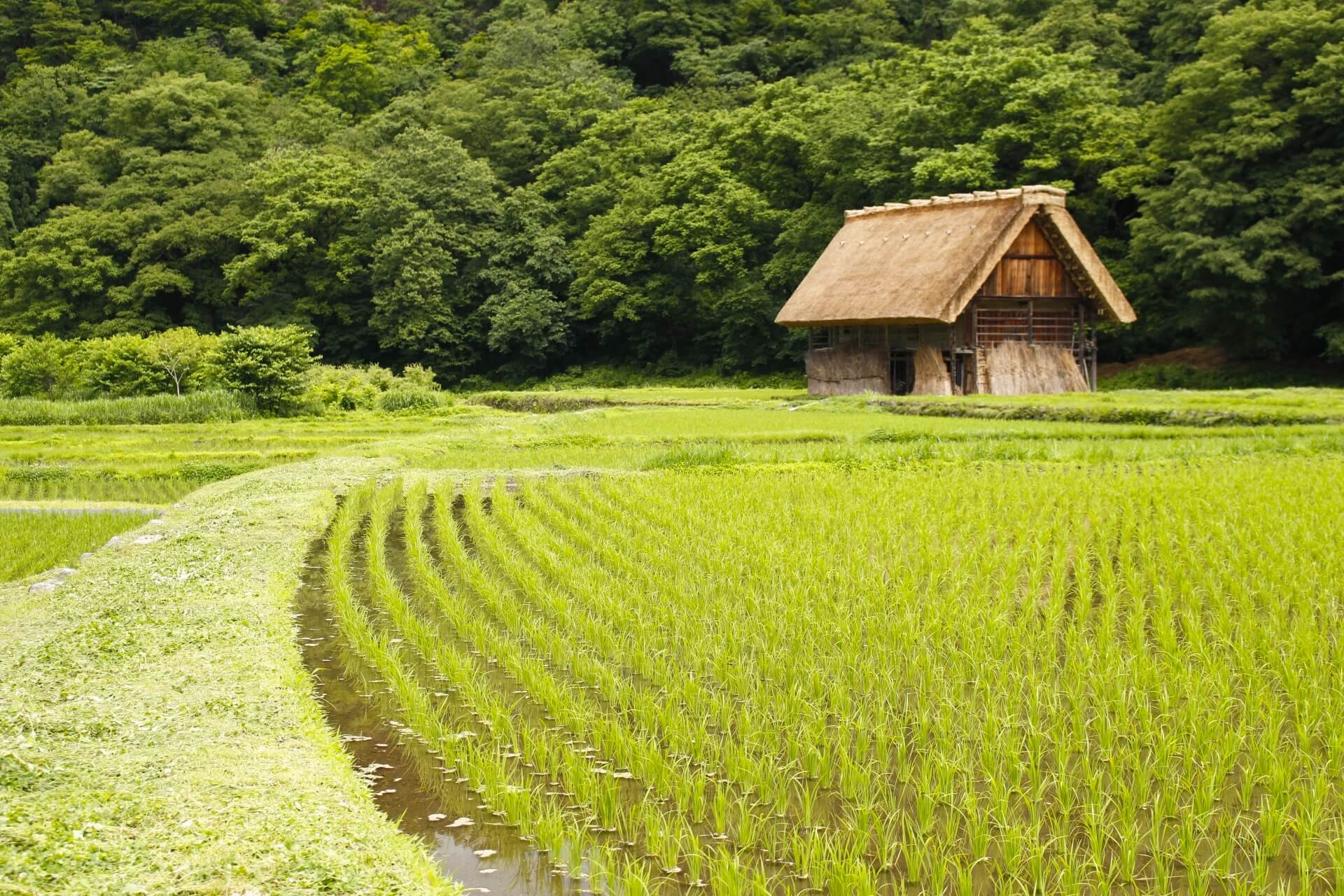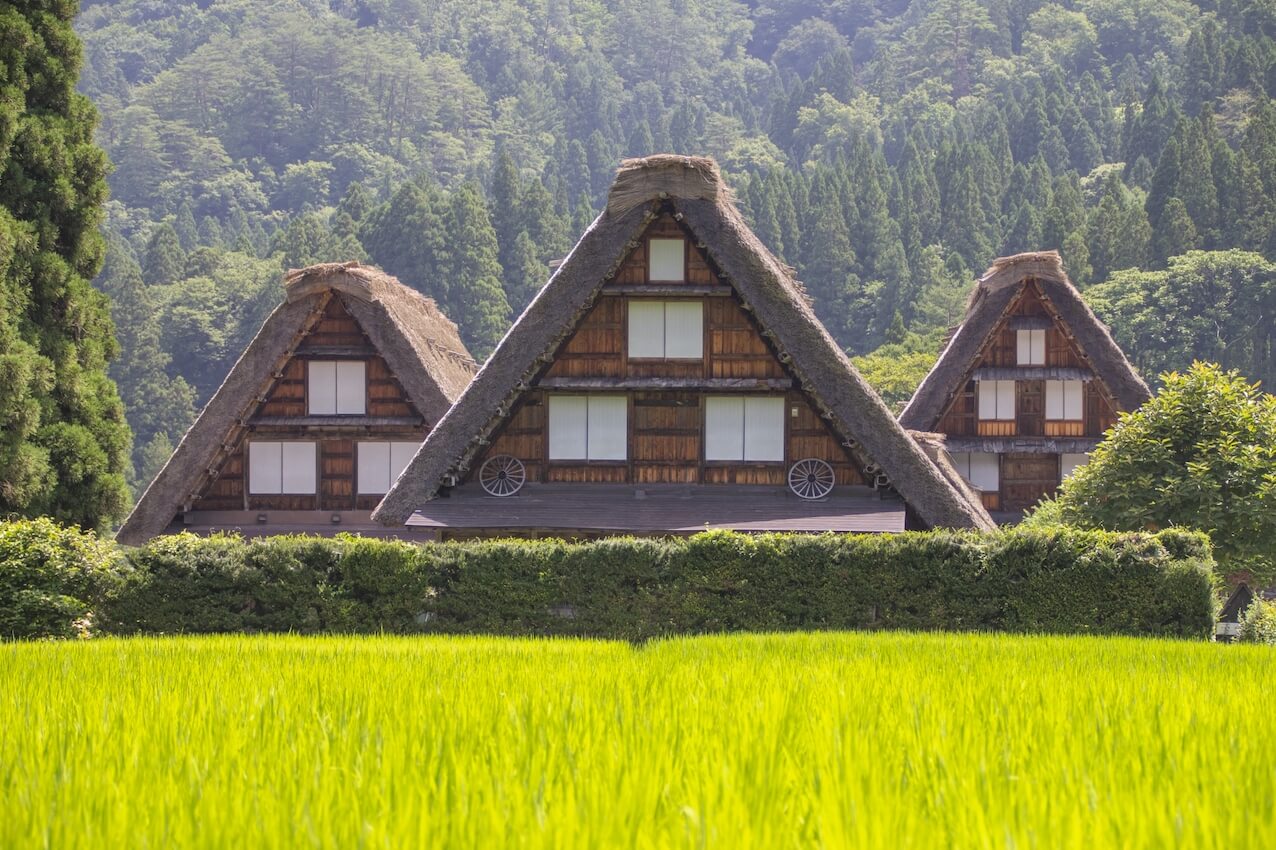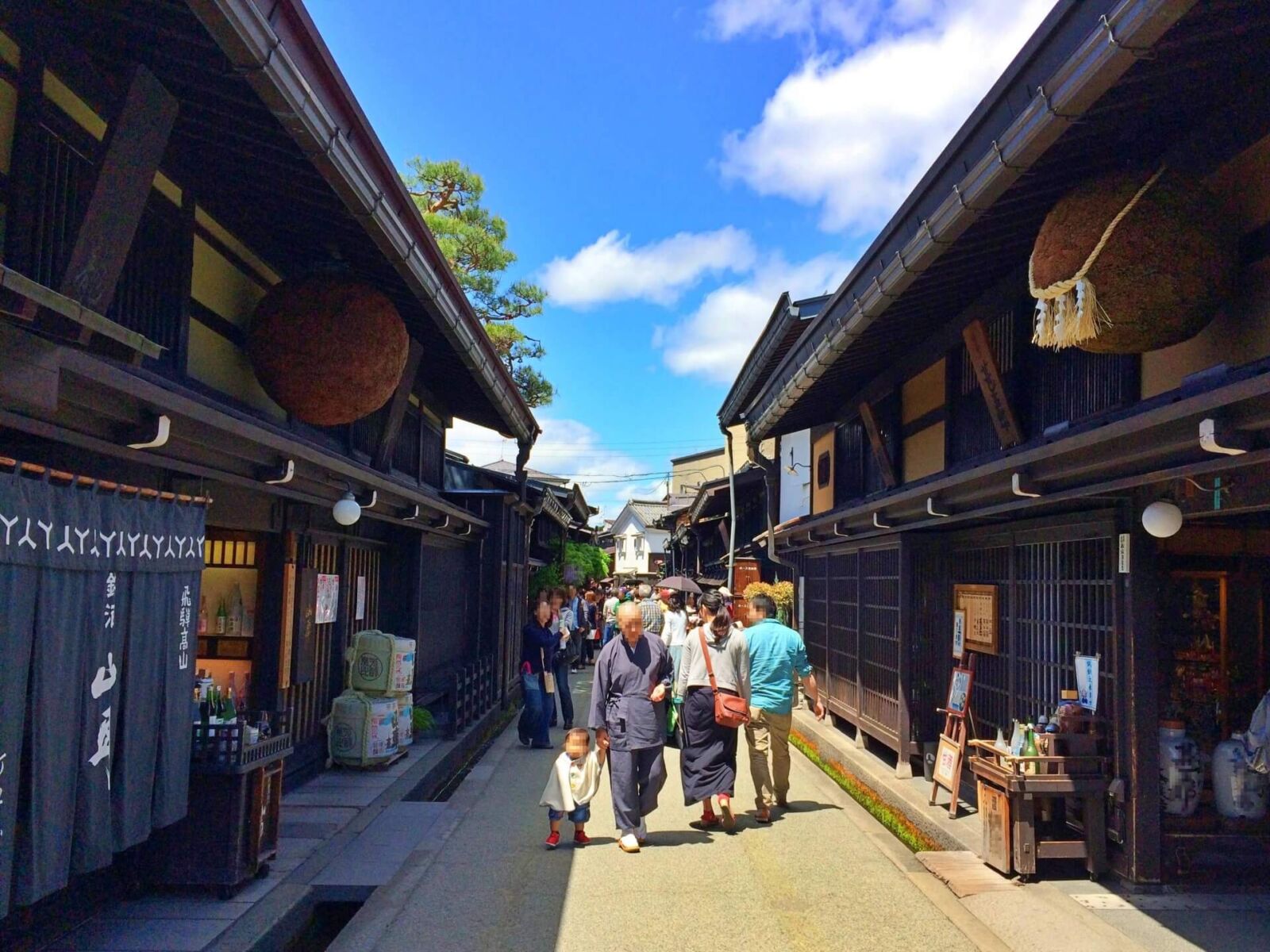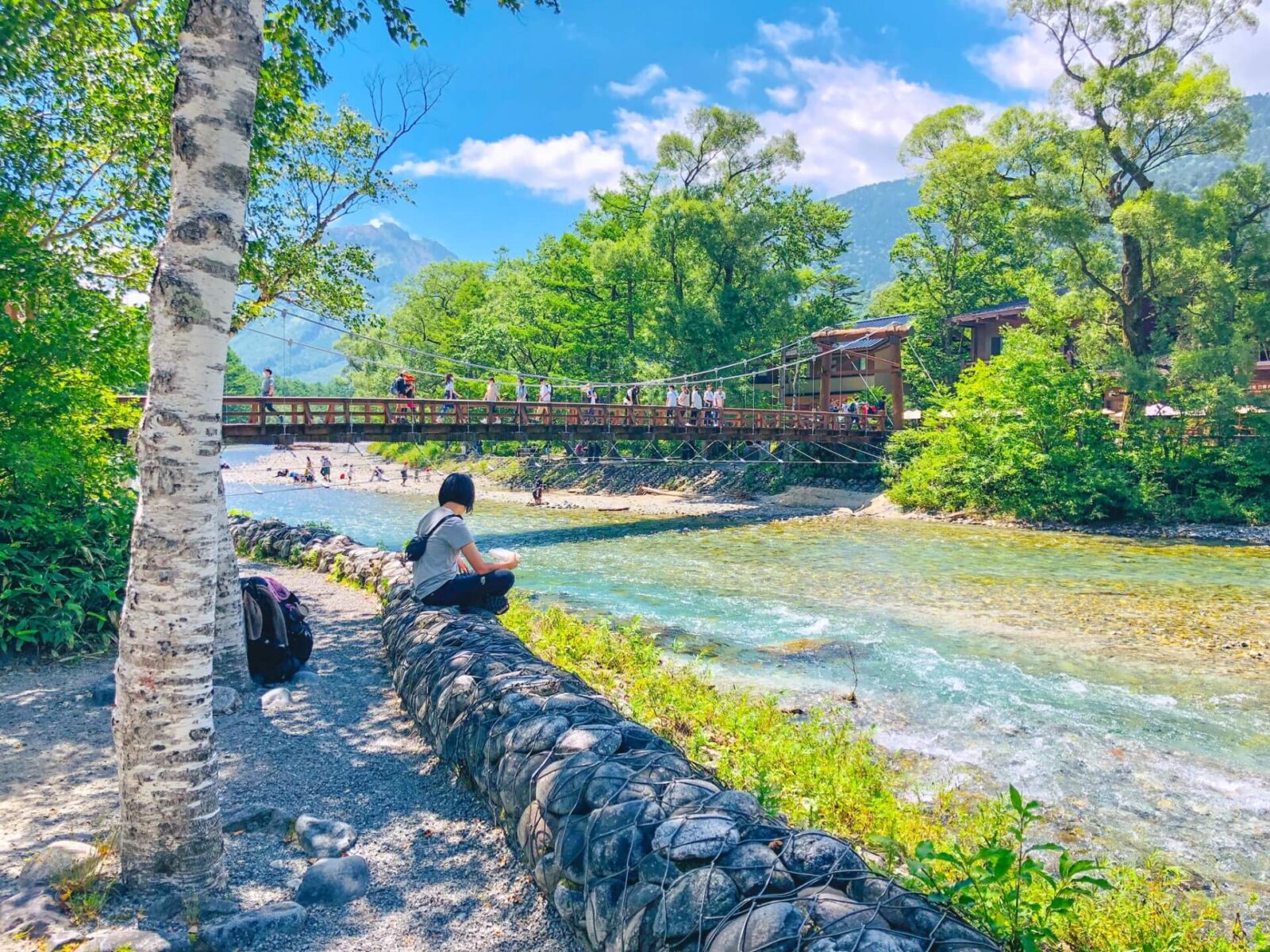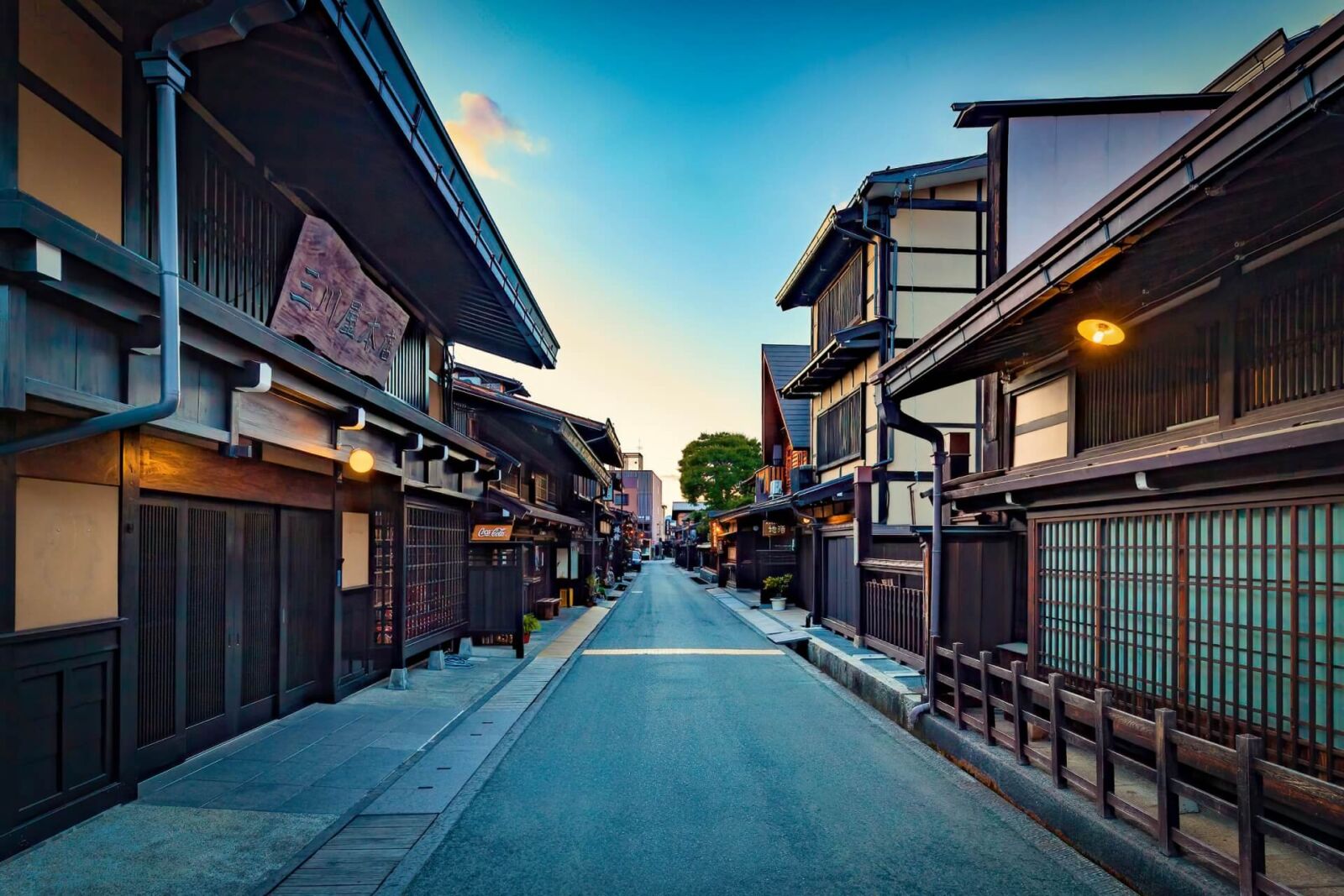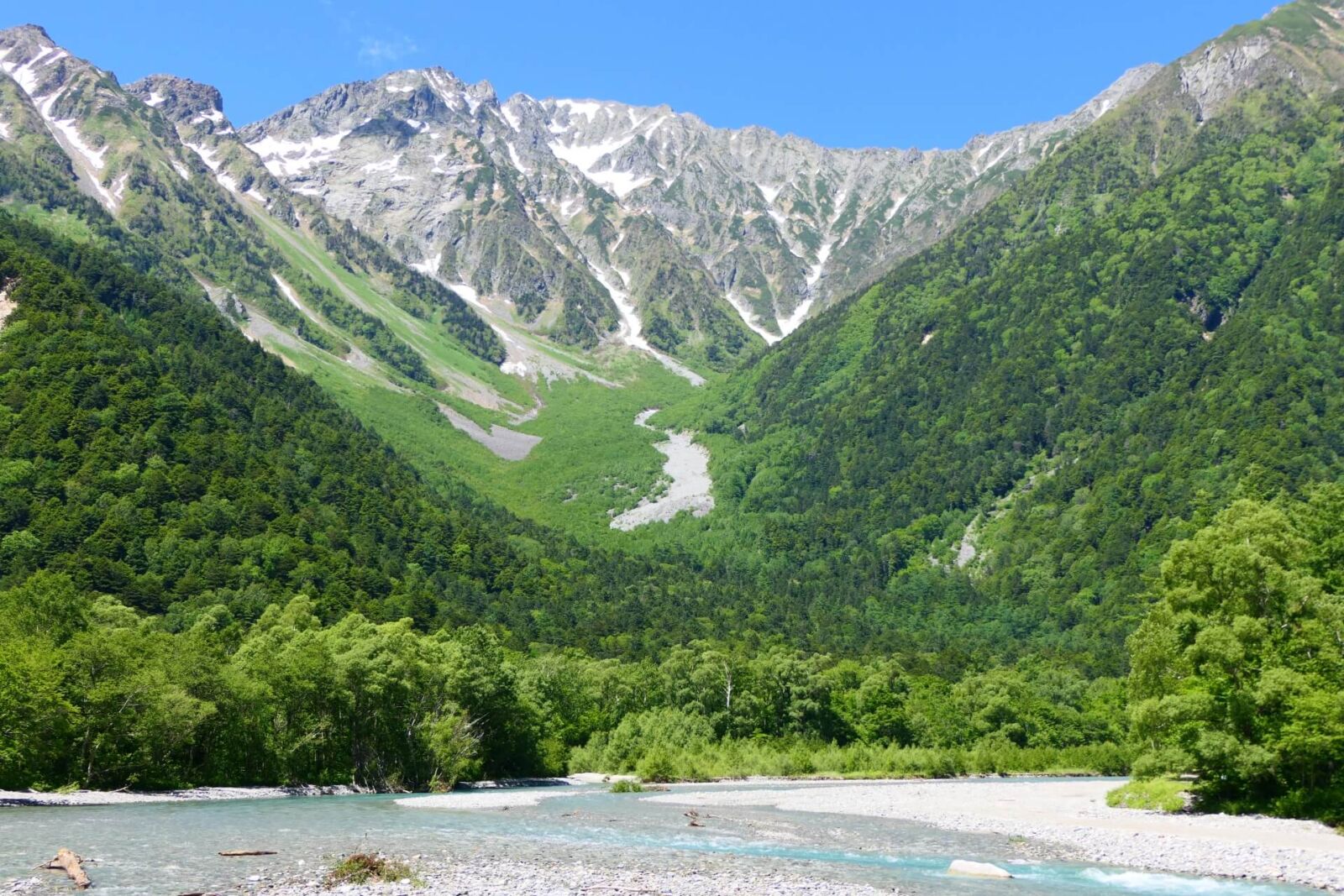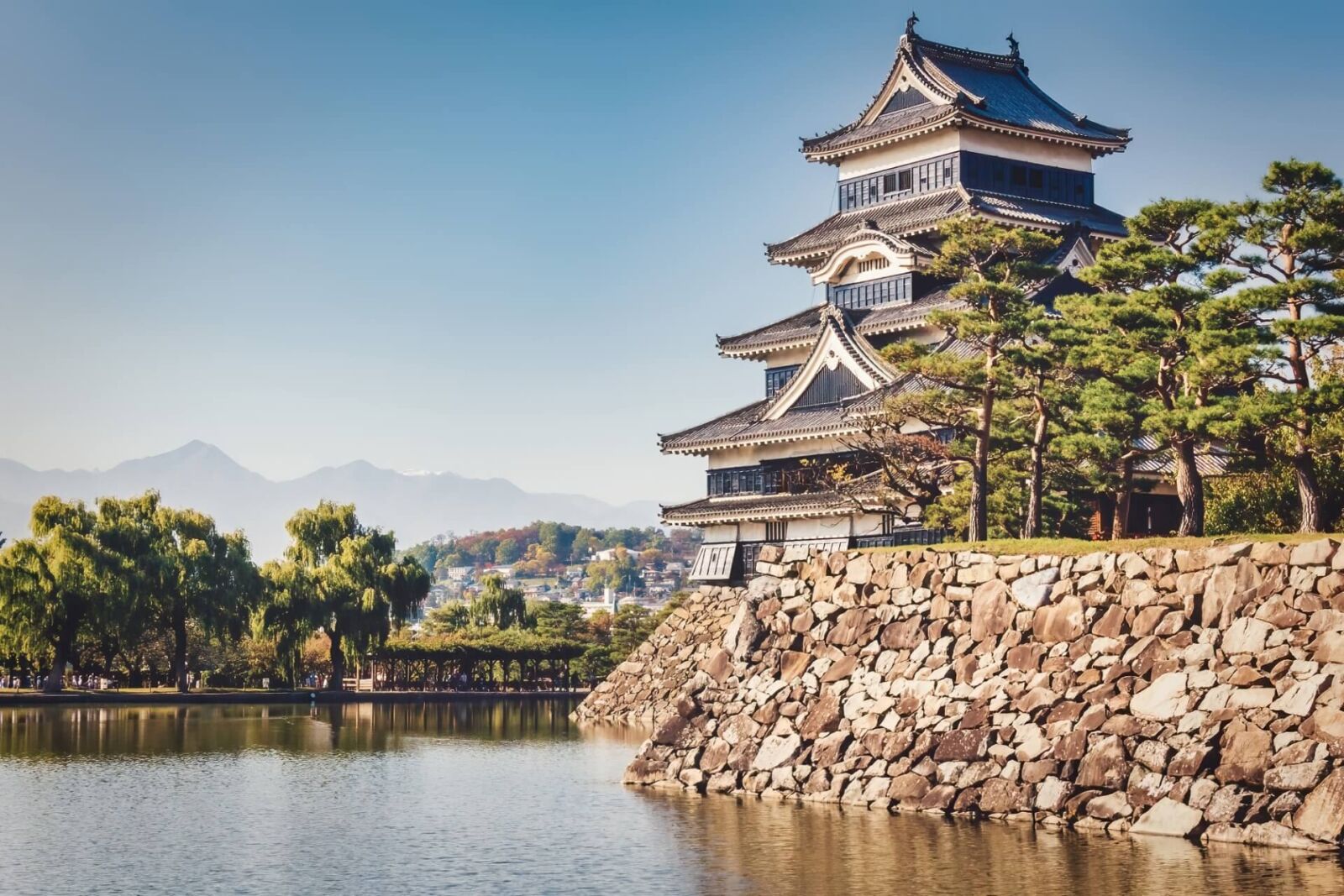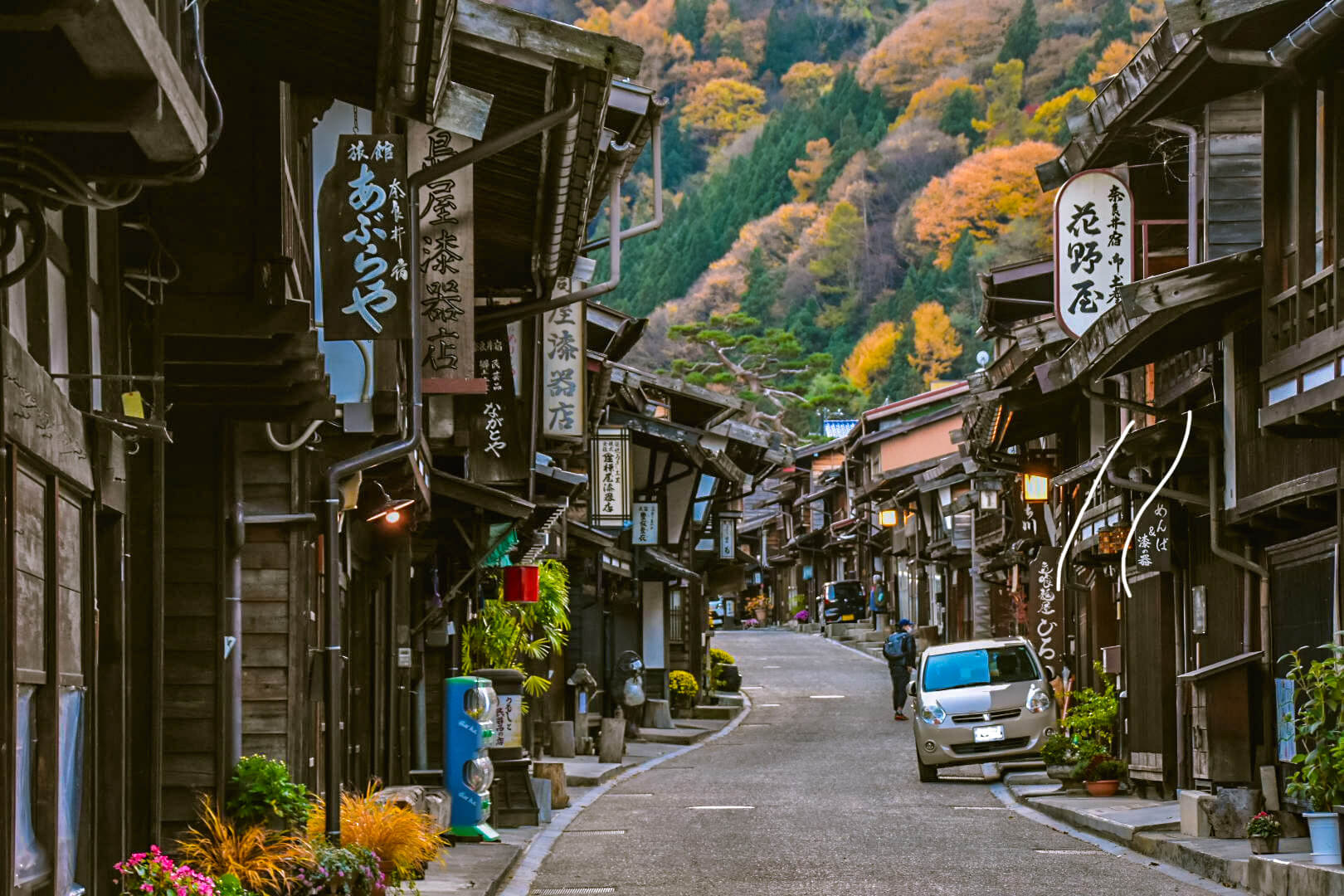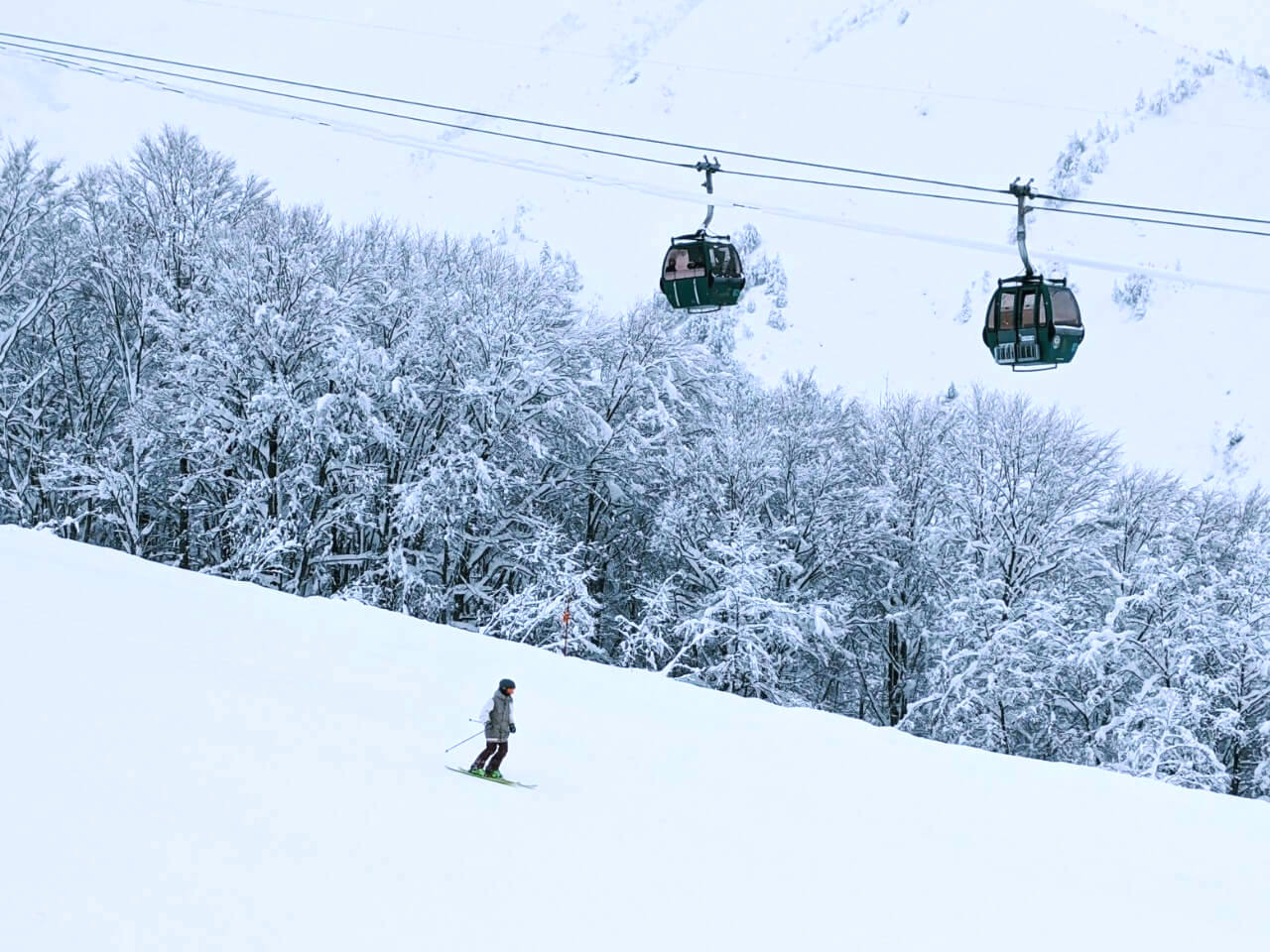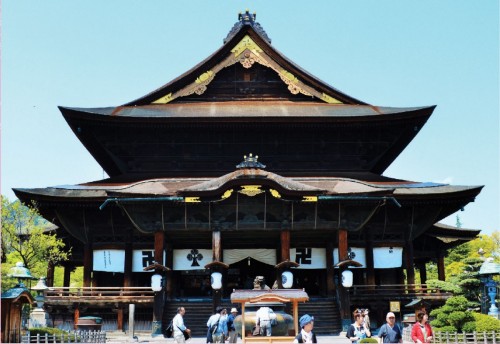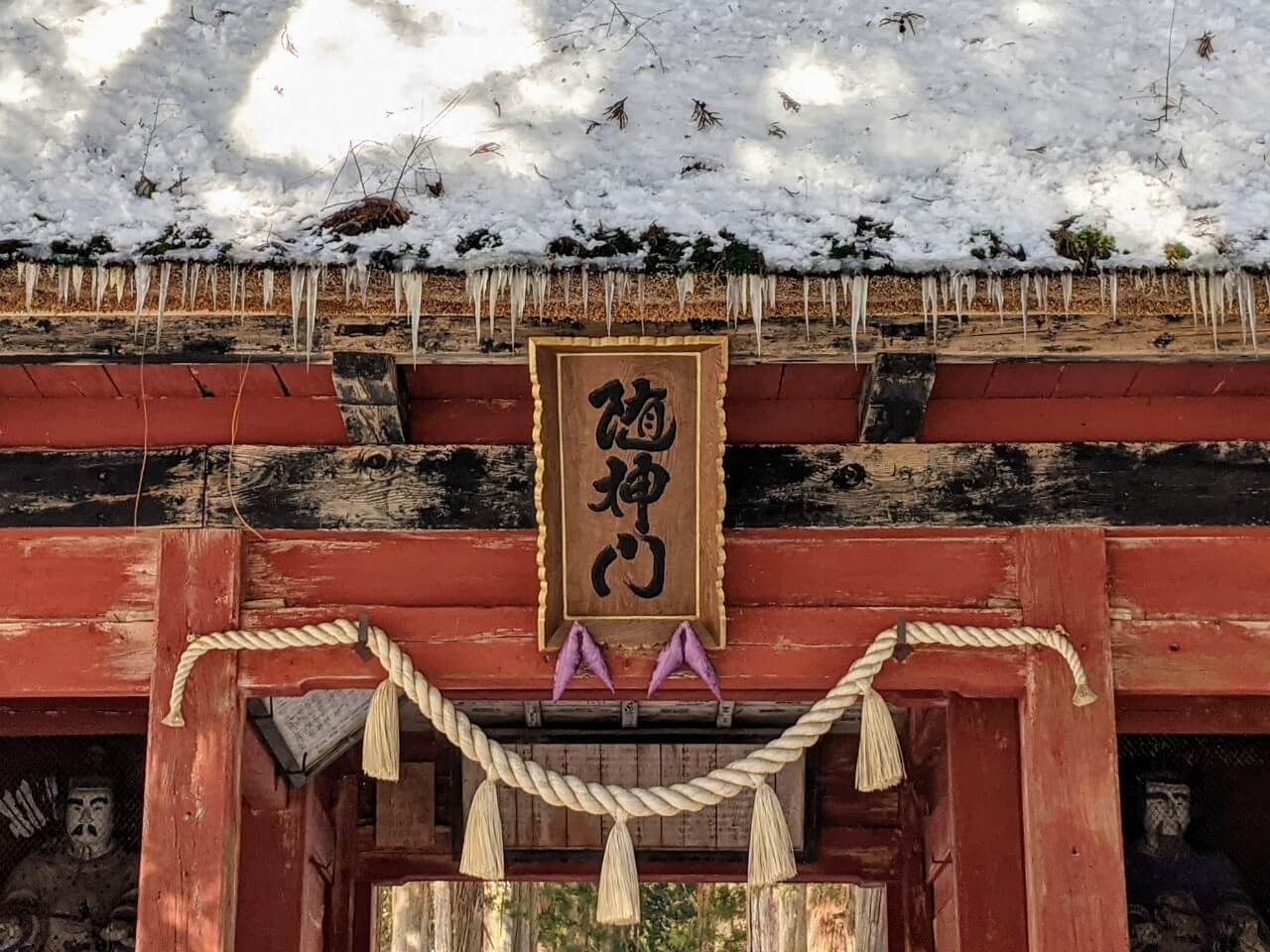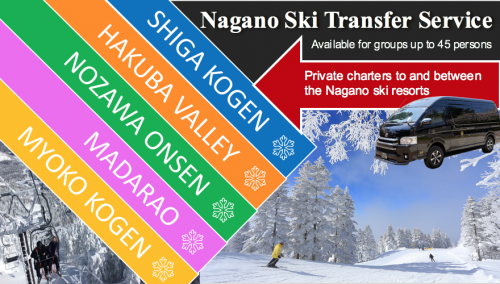Discover The Tradition & Beauty Of Shirakawa-go
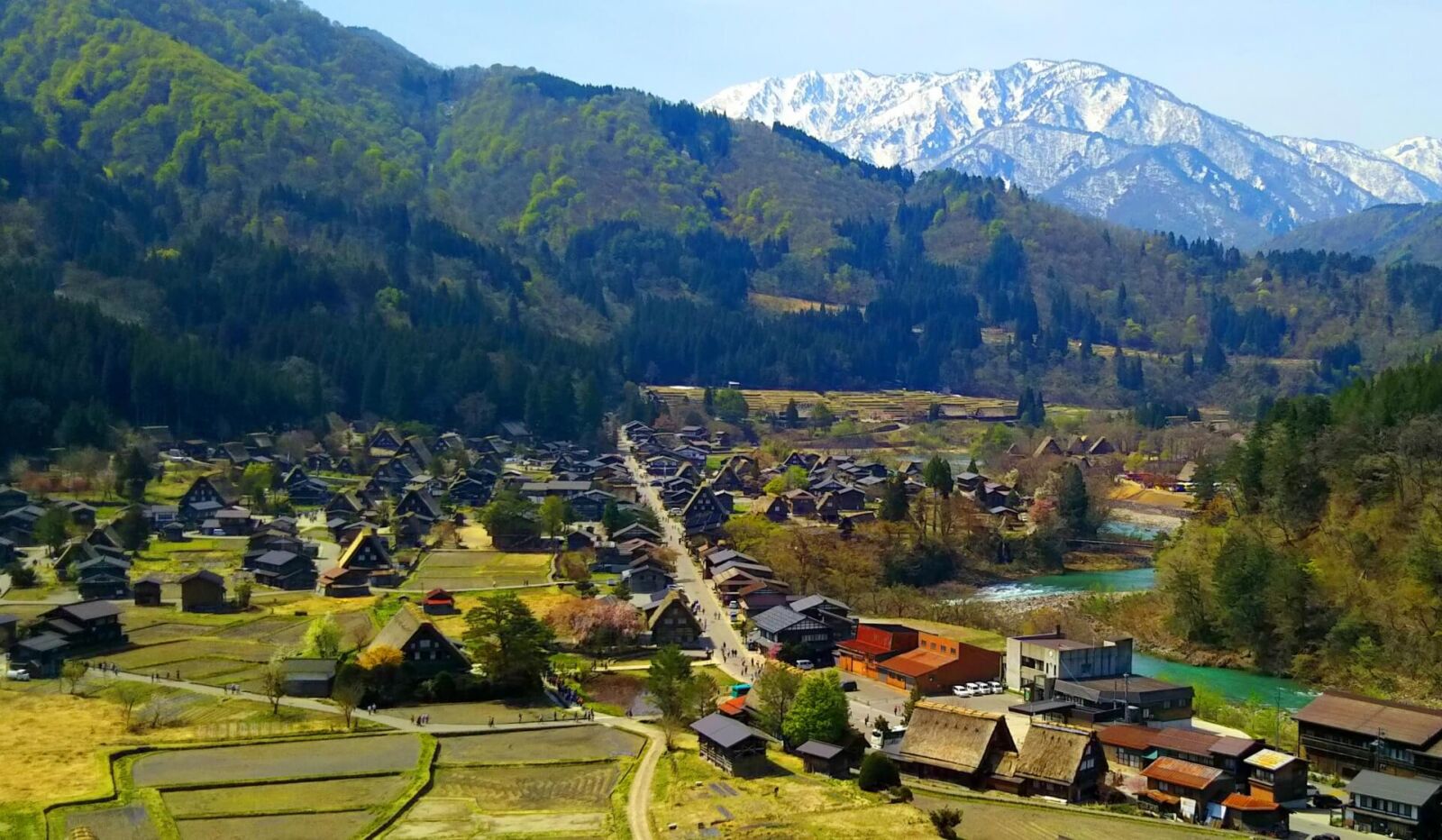
Located approximately one hour from Takayama, Ogimachi is the largest of the three villages that make-up the World Heritage-listed ‘Historic Villages of Shirakawa-go and Gokayama’. Afforded World Heritage status in 1995, Ogimachi is an extremely popular destination visited by thousands of tourists on a daily basis. Along with the villages of Suganuma and Ainoukura, the three World Heritage-listed hamlets are collectively and more simply referred to as Shirakawa-go.
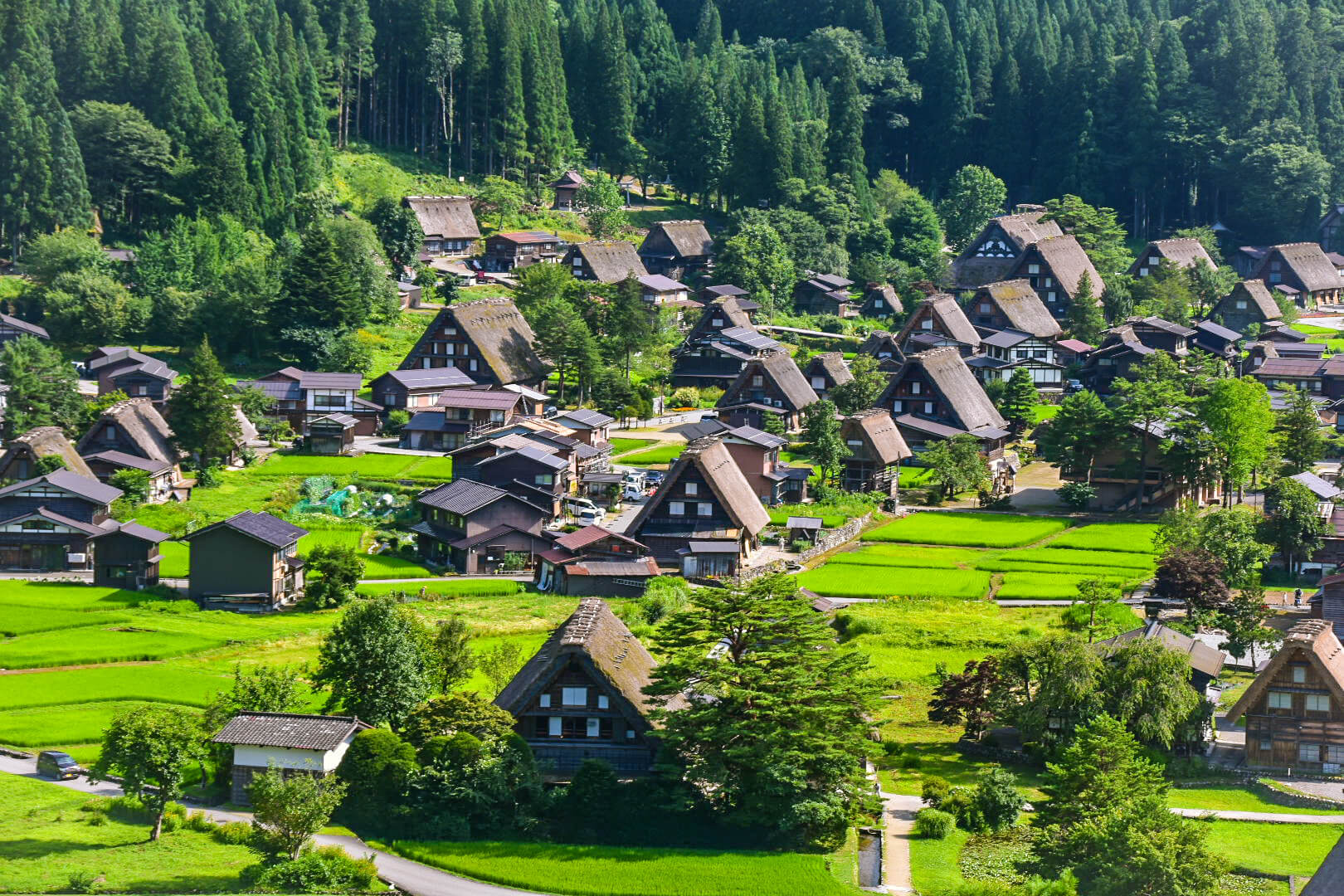
Nestled in the Shogawa River Valley in a remote area of the high mountains of Toyama and Gifu Prefectures, the villages of Shirakawa-go retain their historic character and many traditional ways of life – most pronounced in their ‘gassho-zukuri’ thatched-roofed farmhouses. Taking their name from the distinctive high-pitch of their roofs – reminiscent of hands held together in prayer or ‘gassho’ – many of the farmhouses are over 250 years old. Built to withstand the heavy snowfall experienced each winter, the design demonstrates ingenuity in adapting to the landscape.
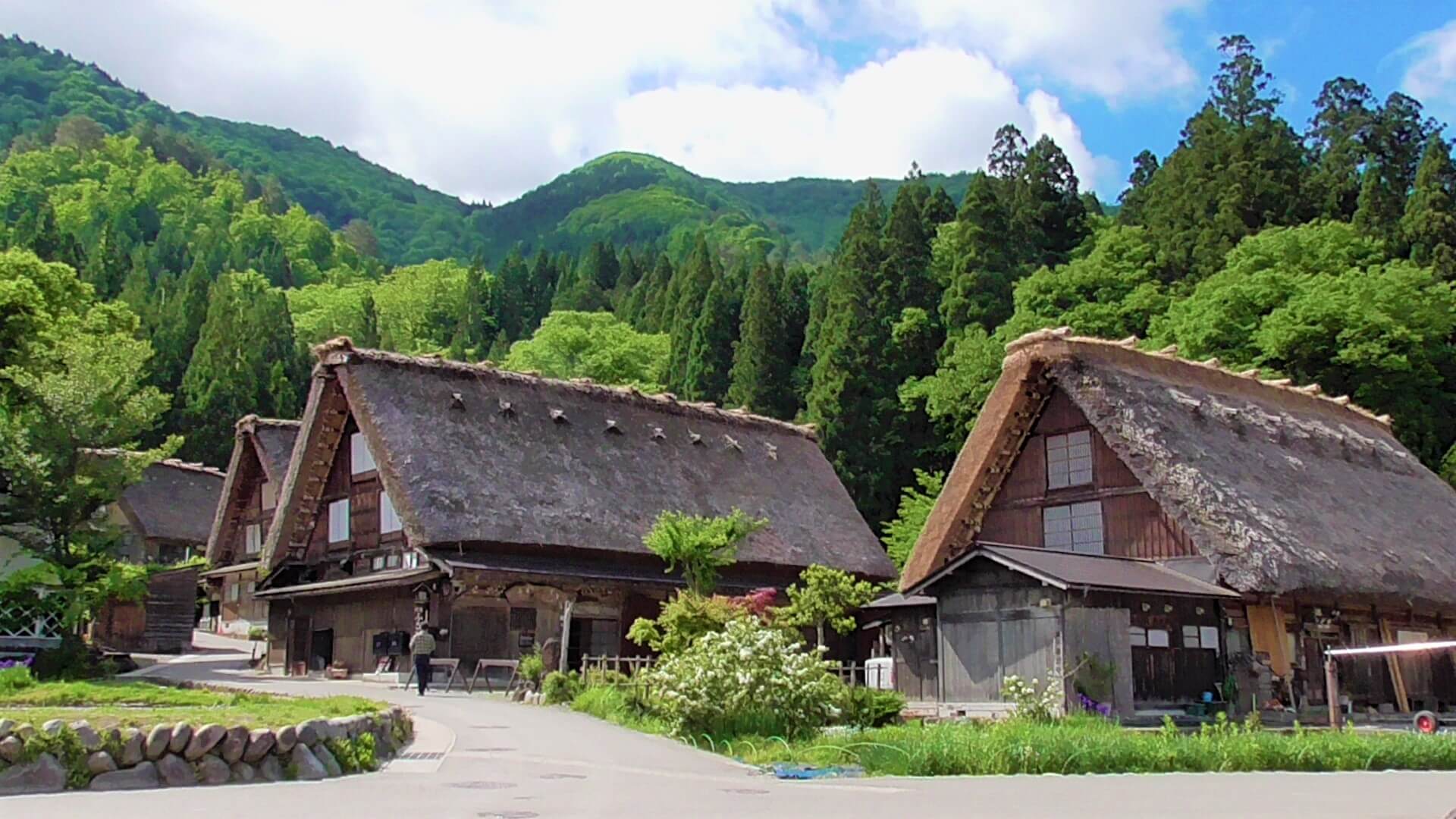

Not only did the pitch of the roof resist heavy snowfall, it created large indoor work areas in the attic of each building that could be used in winter for the cultivation of silk and other industries. Today, the farmhouses and the villages that they makeup have been afforded numerous protections and gained global fame. Many continue their function as family homes and workshops for traditional industry, while others have been converted to museums, restaurants and cafes, and guesthouses.
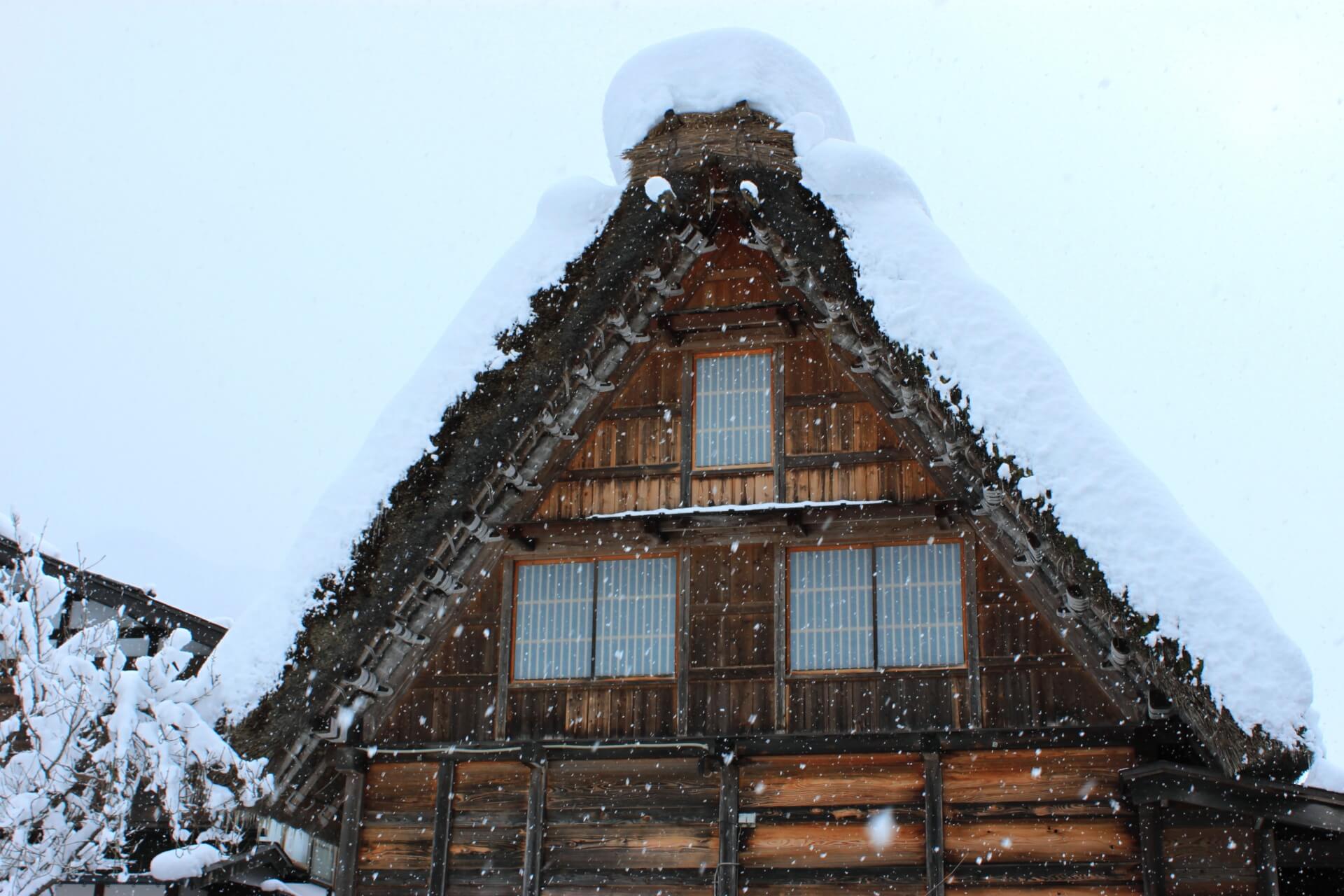
Separated by rice fields and the raised dirt walkways between them, the farmhouses seem to float in the landscape and constitute the human villages bordering the heavily forested mountains and hillsides.
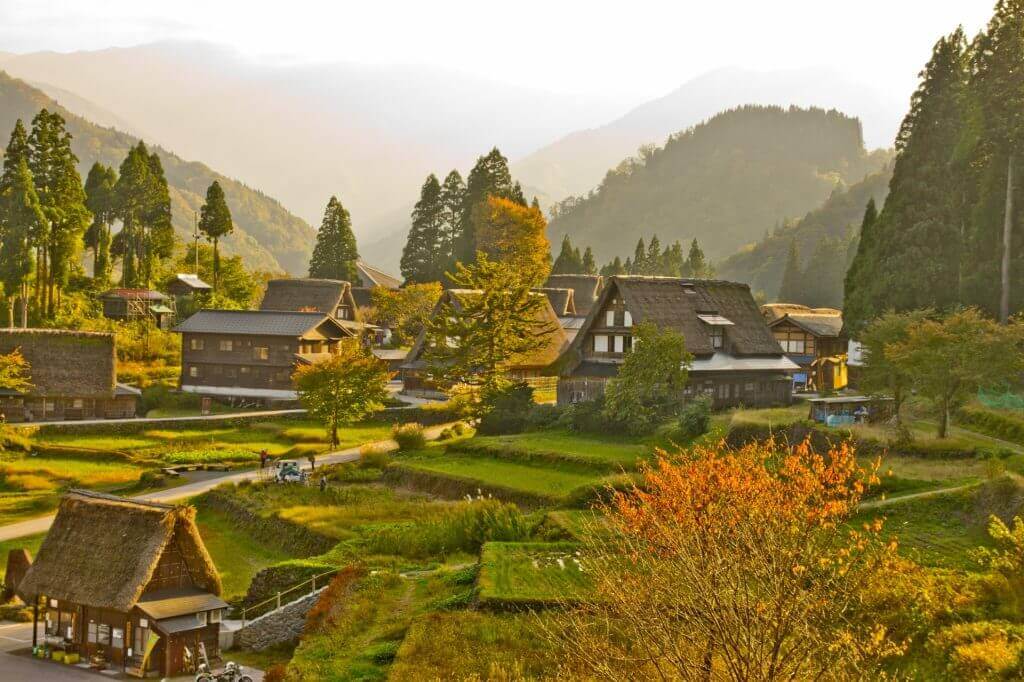
The ingenuity of the design and development of a traditional way of life adapted to the environment, created a harmony between man and nature which is recognised by the World Heritage-listing of the villages. It represents global recognition of a concept the Japanese call ‘satoyama’ – the ability to live in harmony and sustainably with their environment – as manifest in the farmhouses and traditional way of life of these villages.
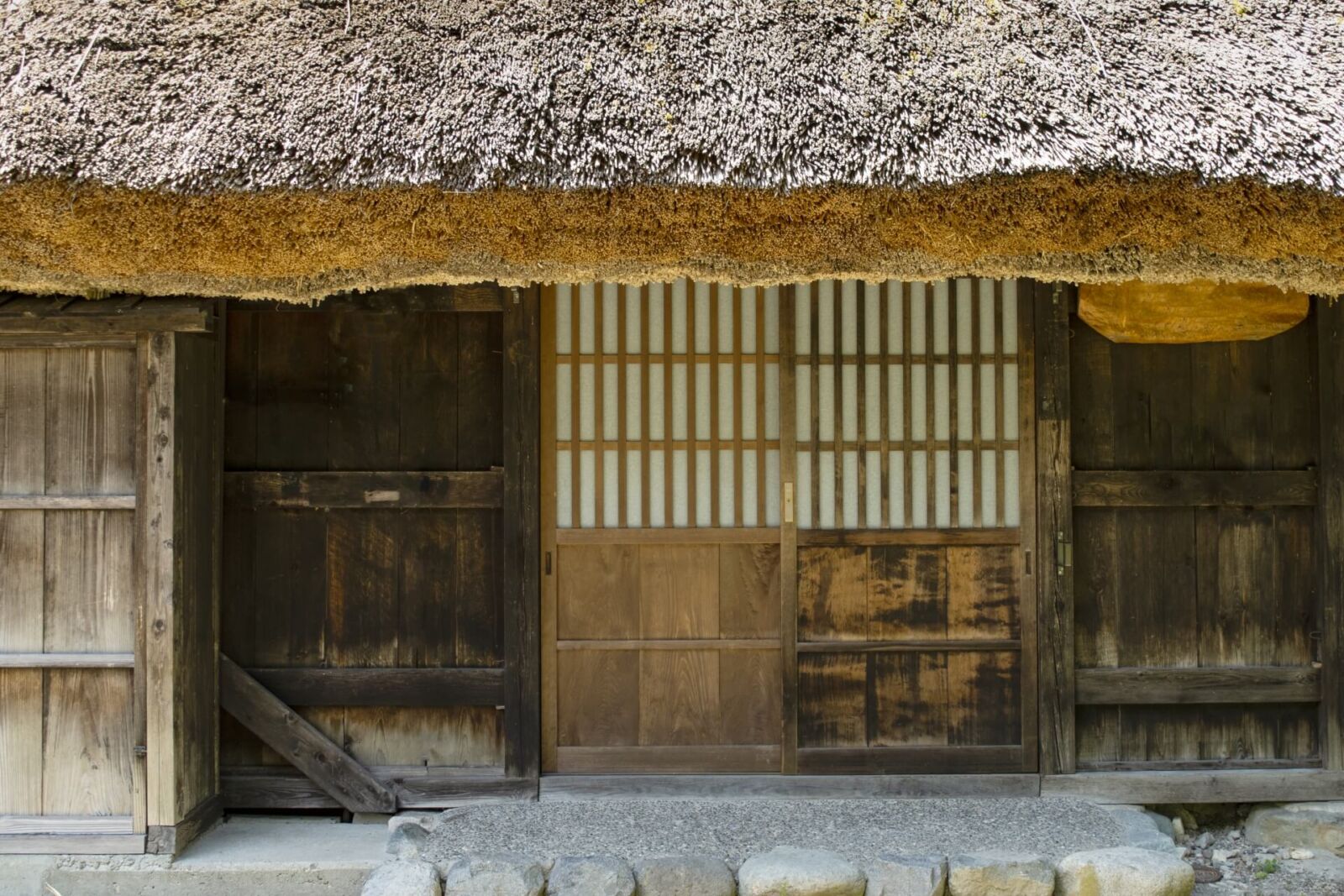
World Heritage listing means that the largest village, Ogimachi, is now extremely popular with many large tours arriving throughout the day. While the crowds can be off-putting at first, visitors who wander away from the most central locations, or take the time to get to the less accessible villages of Ainokura or Suganuma, will find themselves with plenty of space to enjoy without interruption. Indeed, those who venture to Ainokura and Sugunama will find the villages notably quiet, mostly visited by Japanese tourists and less blighted by the intrusion of large tour groups.
15 THINGS TO DO & SEE IN SHIRAKAWA-GO
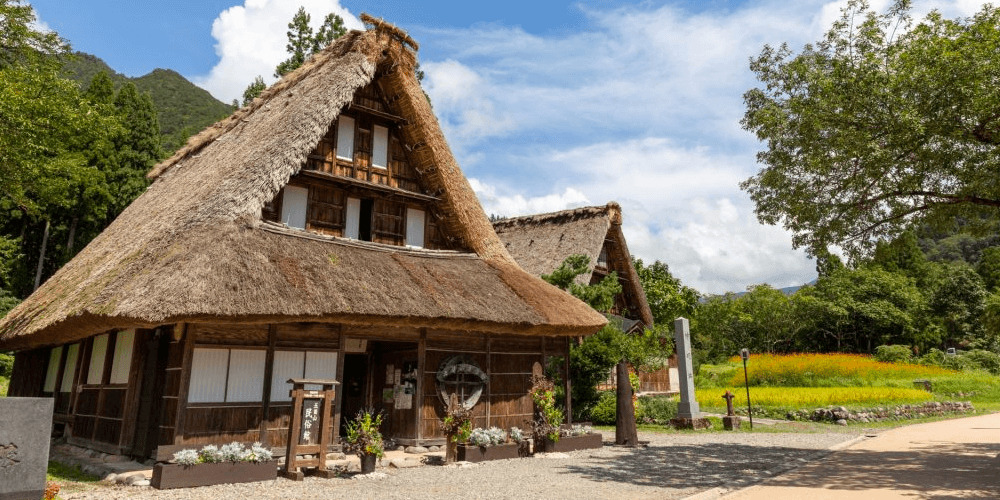
For many if not most Japanese, the word ‘satoyama’ conjures imagery of idyllic rural villages and a slower, healthier way of life in which people live in harmony with the environment. Literally translating as ‘mountain village’, satoyama has no better demonstration than in the villages making-up Shirakawa-go and Gokayama. Awarded World Heritage status for just that reason – as examples of human ingenuity and the ability of man to live in harmony with our environment – the villages are hugely popular destinations that can be enjoy as day-trips from Takayama, Toyama or Kanazawa, or overnight visits by staying in one of the farmhouses. Our ’15 Things To Do In Shirakawa-go & Where To Stay’ page has lots of suggestions of the best things to do and see when there along with accommodation listings in the area.
JOIN OUR SHIRAKAWA-GO TOURS
Embark on a journey of discovery and enchantment in Shirakawa-go with our curated tours. Whether you’re a first-time visitor or a returning enthusiast, our tours are designed to reveal the hidden gems and deep-rooted traditions of this picturesque village. With expert guides, exclusive insights, and comfortable transport, each tour promises an unforgettable experience. Ready to see Shirakawa-go through a new lens? Explore our selection of tours and find the perfect adventure to enhance your visit.
From Takayama:
Join our ‘1-Day Tour from Takayama: Explore Scenic Old Japan in Takayama and Shirakawa-go’ and immerse yourself in the timeless beauty of these historic destinations. Experience the charm of Takayama’s old town and the picturesque landscapes of Shirakawa-go, all in one unforgettable day. Book now to discover the heart of Japan’s scenic beauty and cultural heritage with us.
1 Day Tour
| 1-Day Tour from Takayama: Explore Scenic Old Japan in Takayama and Shirakawa-go | |
| Period | All Year Round |
| Time | 09:00 – 18:30 |
| Meeting Place | Takayama Station |
| Adult Rate | ¥20,800 / 22,800 |
| Child Rate | ¥12,000 / 14,000 |

From Kanazawa:
Experience a day of cultural immersion with our ‘1 Day Tour from Kanazawa: Shirakawa-go, Gokayama, and Wood Carving Village.’ Journey through the heart of traditional Japan, exploring the UNESCO-listed villages of Shirakawa-go and Gokayama, and the artistry of a local wood carving village. Book your tour now and unlock the timeless beauty and craftsmanship of these historic destinations.
1 Day Tour
| 1 Day Tour from Kanazawa: Shirakawa-go, Gokayama and Wood Carving Village | |
| Period | All Year Round |
| Time | 09:00 – 18:00 |
| Meeting Place | Kanazawa Station |
| Adult Rate | ¥23,800 / 25,800 |
| Child Rate | ¥15,000 / 17,000 |

Private Tours:
Looking for a more private adventure? Embark on our exclusive private tours from Takayama and Kanazawa. Delve into the rich tapestry of Japan’s culture and history, from the tranquil landscapes of traditional villages to the historic streets of Kanazawa and the scenic beauty of Shirakawa-go. Our tours blend guided exploration with personal discovery, allowing you to intimately experience Japan’s most cherished destinations. Book your private journey now and uncover the heart of Japan in unparalleled style and comfort.
Private Tour
| [START FROM TAKAYAMA] Private Takayama & Shirakawa-go Tour | |
| Period | All Year Round |
| Time | 09:00 – Takayama Area |
| Meeting Place | Takayama Station Area |
| Price | ¥211,200 ~ / group |



